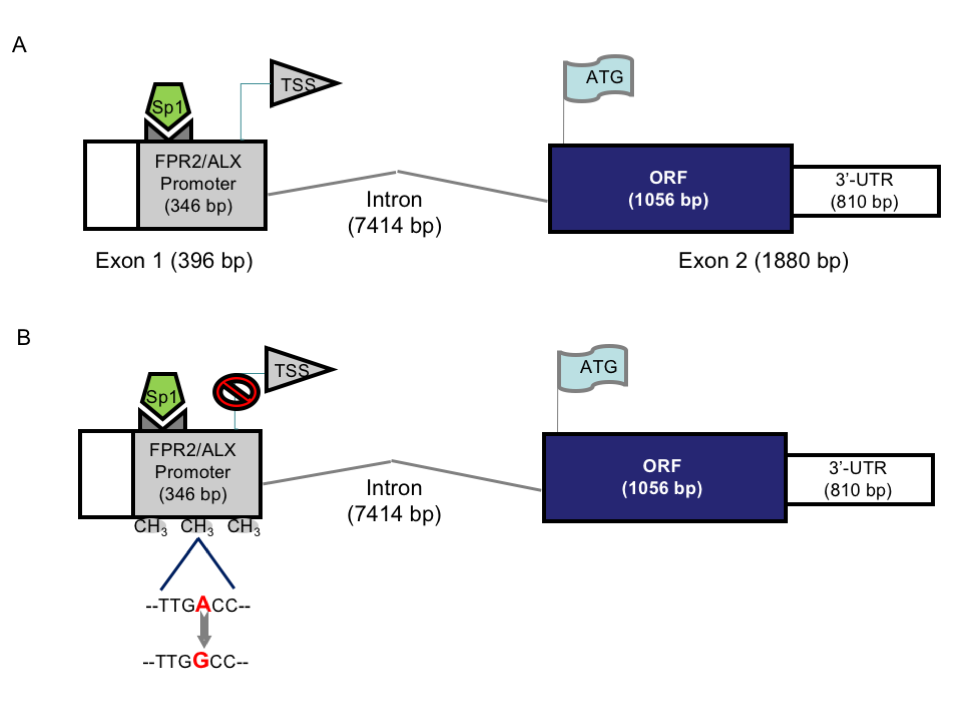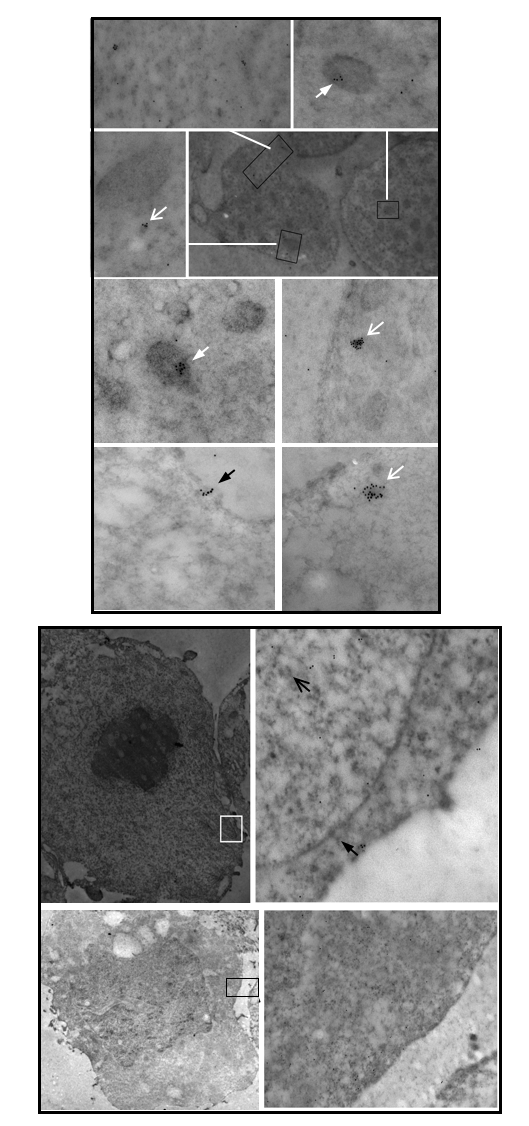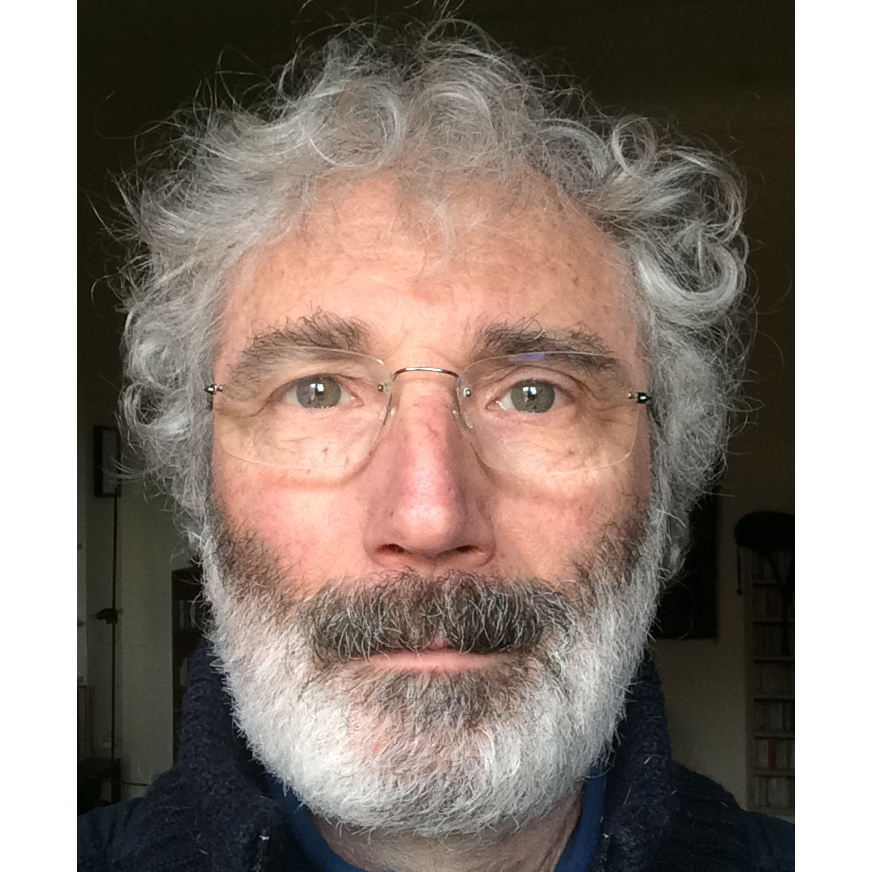Molecular Medicine (PI Romano)
Research in our Laboratory focuses on:
Molecular mechanisms that regulate the inflammatory reaction and its resolution in health and disease. Studies are being conducted on pro-resolving receptors and on the pharmacological actions and mechanisms of Specialized Pro-resolving Lipid Mediators (SPM) in preclinical, ex vivo and in vitro models of cystic fibrosis and cancer.
Pioneering work by Prof. Charles Serhan’s Laboratory has uncovered a large family of lipid mediators, physiologically generated during the resolution phase of an acute inflammatory reaction. These endogenous molecules, comprehensively termed specialized pro-resolving lipid mediators (SPM), act by activating specific receptors, which convey intracellular signals to stop inflammation and restore homeostasis. Accumulating in vivo and in vitro data indicate that SPM may represent a new frontier in anti-inflammatory therapy, since they have the advantage of being endogenous molecules, without known side effects and devoid of immune-depressant activity.READ MORE
Programs on SPM receptors and SPM pharmacological formulations
Our studies are aimed to elucidating SPM mechanisms of action and pharmacological properties under physiological and pathological settings, with main focus on cystic fibrosis (CF) and cancer. In recent years, we mapped and functionally characterized the promoter of the ALX/FPR2 gene, encoding for a receptor protein recognized by the SPM lipoxin (LX)A4 and resolvin (Rv)D1 (Simiele et al., FASEB J. 2012). Mapping and functional characterization of the promoter of the lipoxin A4 receptor (FPR2/ALX). (A) Sp1 binding to the core promoter increases transcriptional activity. (B) Methylation and single nucleotide polymorphism (-220 A/G), uncovered in a patient with cardiovascular disease and his daughters, inhibit promoter activity (Simiele et al., FASEB J. 2012). We also uncovered epigenetic regulatory mechanisms of ALX/FPR2 expression (Pierdomenico et al., 2015; Simiele et al., 2016), some of which were altered in CF (Pierdomenico et al., Sci. Rep. 2017). In relation to this disease, we uncovered CFTR expression in human platelets and determined that platelet CFTR dysfunction impairs the activity of the LX-generating enzyme 12-lipoxygenase, thus providing a mechanism for reduced SPM generation in CF (Mattoscio et al., FASEB J., 2010). European Patent No. EP2597160 - 23.09.2015. Screening tool for anti-inflammatory drug discovery comprising the FPR2/ALX gene promoter. US Patent No 9,234,231 B2 - 12.01.2016. Screening tool for anti-inflammatory drug discovery comprising the FPR2/ALX gene promoter. We also uncovered epigenetic regulatory mechanisms of ALX/FPR2 expression (Pierdomenico et al., 2015; Simiele et al., 2016), some of which were altered in CF (Pierdomenico et al., Sci. Rep. 2017). In relation to this disease, we uncovered CFTR expression in human platelets and determined that platelet CFTR dysfunction impairs the activity of the LX-generating enzyme 12-lipoxygenase, thus providing a mechanism for reduced SPM generation in CF (Mattoscio et al., FASEB J., 2010). CFTR expression in human platelets and megakaryoblasts. Top panels. Immunogold electron microscopy of CFTR in ultrathin sections of human platelets. At the top, original magnification (x 11000) and high magnification of selected sections (x 36000). At the bottom, high magnifications from different platelet preparations (from x 44000 to x 71000). Gold particles (10 nm) are present in the cytoplasm (open white arrow) as well as on the cell membrane (black arrow) and within a-granules (solid white arrow). Bottom panel. Meg-01 cells at original magnification (x 3500) (top left), whereas higher magnification (x 40000) of a selected area is at the top right. CFTR labelling is present in the cytoplasm (solid arrow) as well as in the plasma membrane (open arrow). Lower panels show 16HBE cells, as positive controls, at original magnification (x 5600) (left), and higher magnification (x 32000) (right). (Mattoscio et al., FASEB J. 2010).READ MORE


